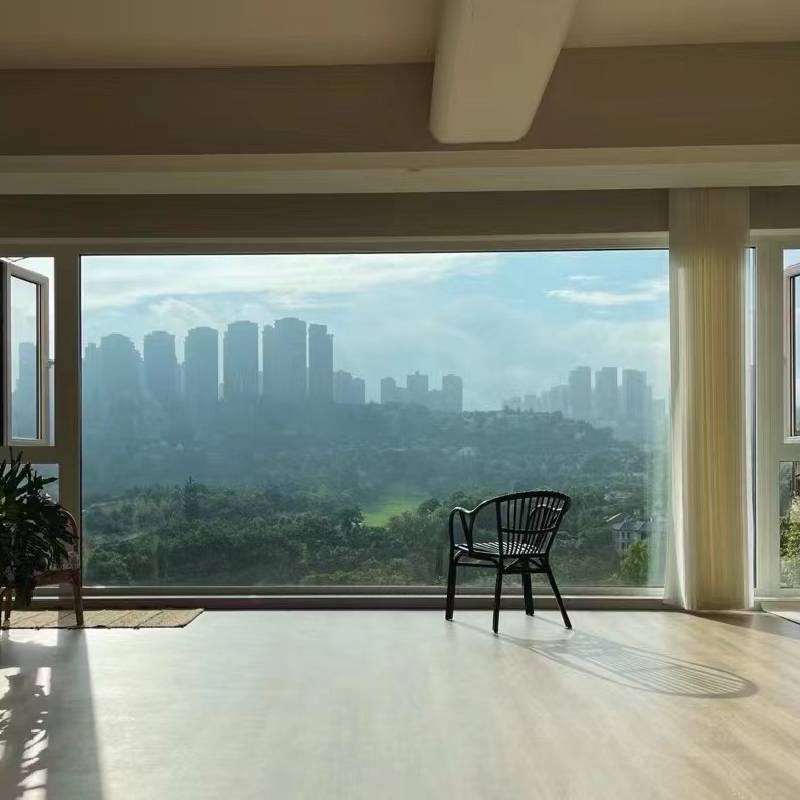

The Advantages of Beveled Low E Glass in Modern Architecture
In the realm of modern architecture, the choice of materials plays a pivotal role in determining not only the aesthetic appeal of a building but also its energy efficiency and longevity. Among the various options available, beveled low E glass has emerged as a popular choice for both residential and commercial structures. This innovative glass type combines style with functionality, making it a preferred material in contemporary building designs.
What is Beveled Low E Glass?
Beveled low E glass is a specialized glazing material that features a polished, angled edge, known as a bevel, around its perimeter. This design not only enhances its visual appeal but also allows for more intricate framing options in windows and doors. The “low E” stands for low emissivity, which refers to the glass's capacity to reflect infrared light and minimize the amount of heat transfer. This characteristic is critical for improving energy efficiency, as it helps maintain comfortable indoor temperatures while reducing heating and cooling costs.
Energy Efficiency
One of the primary benefits of beveled low E glass is its energy-efficient properties. Unlike standard glass, low E glass is coated with a microscopic layer of metal or metallic oxide that reflects heat. In winter, it reflects indoor warmth back into the house, while in summer, it blocks external heat from entering. This dual-action capability significantly reduces the reliance on heating and air conditioning systems, leading to lower energy bills and a reduced carbon footprint. For homeowners and commercial property managers alike, this means substantial savings over time, as well as an investment in sustainability.
Aesthetic Appeal

In addition to its functionality, beveled low E glass offers a unique aesthetic advantage. The beveled edges create a distinctive finish that can add elegance to any window or door. This feature allows for greater design flexibility, enabling architects and designers to create striking visual contrasts, enhance light reflection, and improve the overall appearance of facades. When sunlight hits the beveled edges, it produces a stunning interplay of light and shadow that enhances the architectural features of a building.
Noise Reduction
Another significant advantage of beveled low E glass is its ability to reduce noise transmission. The added thickness of the glass, combined with its reflective properties, helps minimize sound infiltration from the outside. This ensures a quieter indoor environment, making it particularly beneficial for structures located in urban areas or near busy roadways. The tranquility provided by this type of glass can enhance the quality of life for residents and workers alike.
Durability and Longevity
Beveled low E glass is not just attractive; it is also built to last. The advanced coatings and treatments it undergoes during manufacturing enhance its durability and resistance to environmental stressors. This longevity means lower maintenance costs over time, as well as a better overall return on investment for builders and property owners.
Conclusion
In conclusion, beveled low E glass represents a harmonious blend of beauty, efficiency, and practicality in modern architecture. Its energy-efficient capabilities, aesthetic charm, sound dampening benefits, and durability make it an ideal choice for a wide array of architectural applications. As the industry continues to embrace innovative materials that contribute to sustainability and design, beveled low E glass is set to play an integral role in shaping the future of architectural design and construction. Whether for homes, offices, or commercial spaces, the incorporation of this specialized glass will undoubtedly enhance both the functionality and beauty of any building.